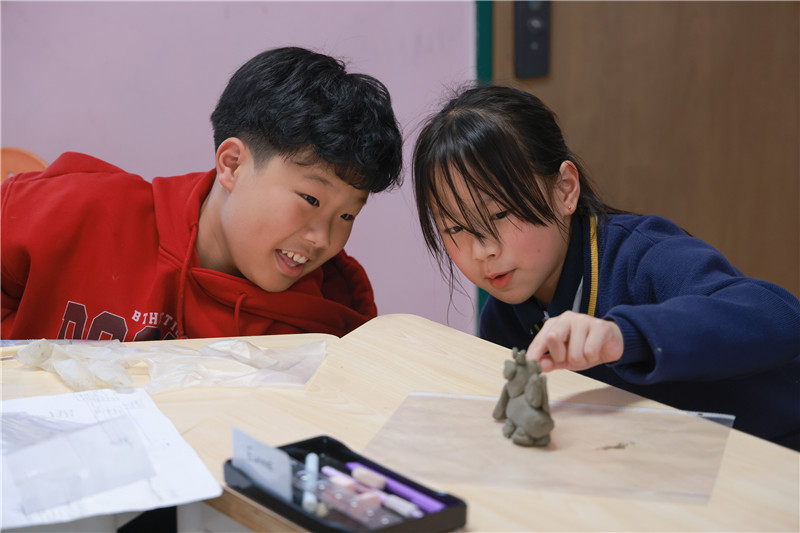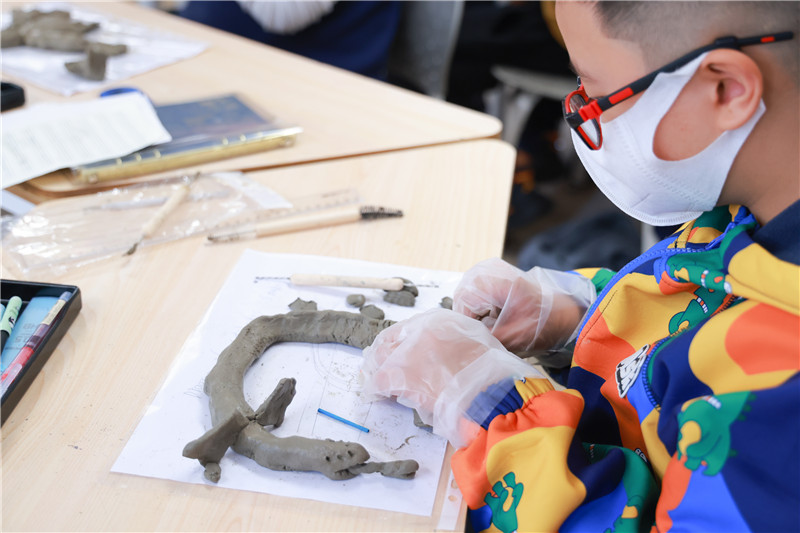
Focusing|小学生如何认知秩序、建立秩序?IB跨学科主题探究课堂一览!
进入春季学期后,福州西湖国际学校四年级生开启了全新的IB跨学科主题学习:How We Organize Ourselves(我们如何组织自己). 「人们通过设立系统与机构组织来建立秩序、获得成功」,围绕这一核心理念,学子一步步深化自己的理解。在这样的学习背景下,四年级生探索了组织与政府如何构建,人们如何规划安排自己的生活、如何分类自然界,以及,不同层面的“成功”——“成功”是个主观概念,人类的“成功”是否适用于动物?植物?对动植物而言,何谓“成功”?
The fourth-grade class started out the second semester with the transdisciplinary theme How We Organize Ourselves. The students built their understanding around the central idea: We develop systems and organizations to create order and success. With this context in mind, we explored how organizations and governments are structured, how we organize our lives and the natural world, and different perspectives of success.
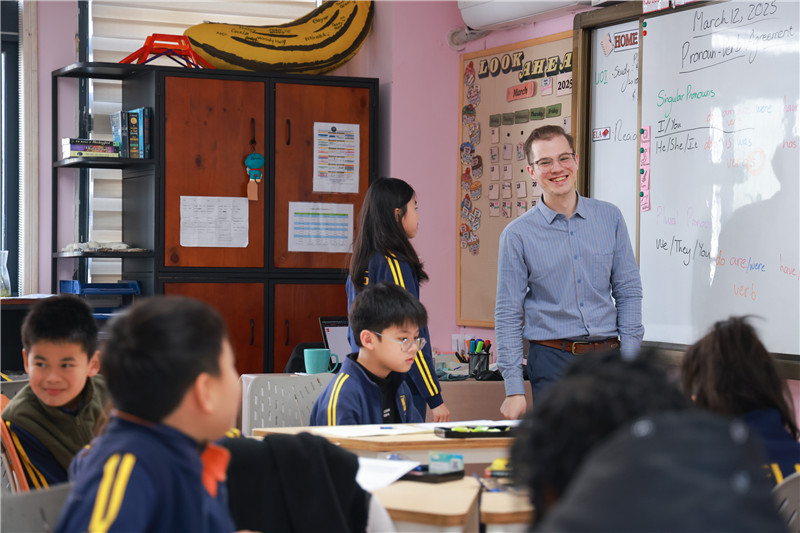
IB 跨学科主题学习
IB Transdisciplinary learning
跨学科主题学习是IB PYP项目的特色之一,全年涵盖六个不同主题。这些主题紧扣学生兴趣,将本地及全球性问题整合在语言、社会学、数学、艺术、科学等学科课程中,为学子学习关于自身及周围世界中的复杂理念提供了背景。在学子探索各种思想,“跨越”学科学习的同时,他们逐渐掌握各种ATL技能、培养IB学习者特质,其自我意识亦不断成形。这种全面的学习体验有助于学子成为卓越的全球公民。
Transdisciplinary learning is one of the hallmarks of the IB PYP programme and six different themes are covered throughout the year. They follow the interests of the students while integrating local and global issues into the disciplines of Language, Math, Science, Social Studies, Arts and PSPE. This provides context for students to learn complex ideas about themselves and the world around them. As the students explore ideas across and beyond traditional disciplines, they acquire a variety of ATL skills, develop IB learner profile attributes, and a sense of self. This holistic learning experience puts students on the path to becoming successful global-minded citizens.
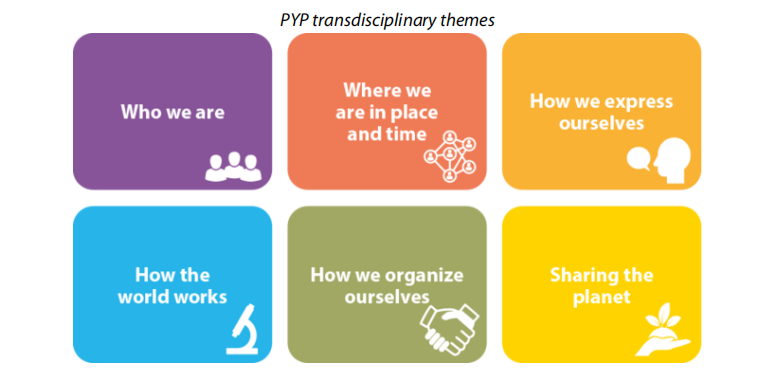
不同组织与政府机构如何构建,它们又分别在我们的社会里扮演怎样的角色?学子进行了一番探究。对此有了基本概念后,四年级生接到了老师布置的任务:试着运用系统解决他们认为校内存在的问题——先确定问题,思考解决方式,接着起草提案、递交给与之相关的学校管理部门。在这一过程中,学子要使用文字类软件,并研究自己提交的解决方案所需花费——孩子们将这一任务与近来的财务数学课题联系在了一起,甚至考虑到了提案预算,与此同时,他们使用电子科技、运用信息技术交流的技能(ICT skills)也得到了锻炼。
The students researched how different organizations and government branches are structured and the roles they play in our society. Once the students understood this, they were tasked with using these systems to try and solve something they thought to be a problem in the school. The students identified problems, considered ways to solve them, and drafted proposals addressed to the relevant departments in the school. Students used their ICT skills to draft the proposal using a word processing application, and to research the cost of their solutions. They connected this task with the recent financial math topic and even considered budgets in their proposals.
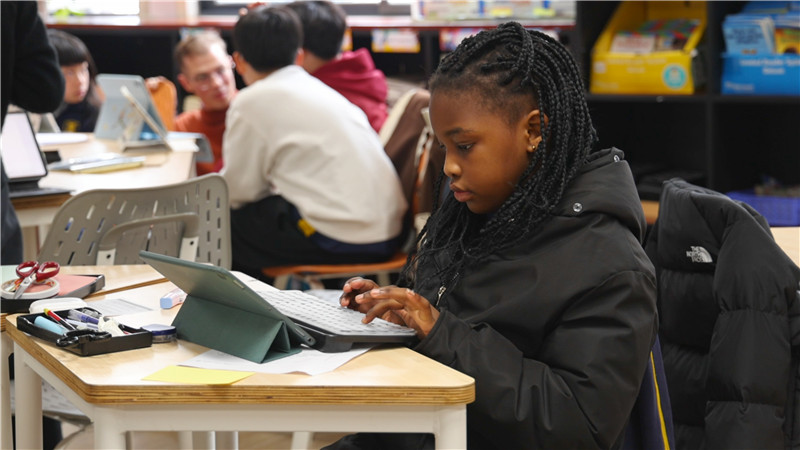
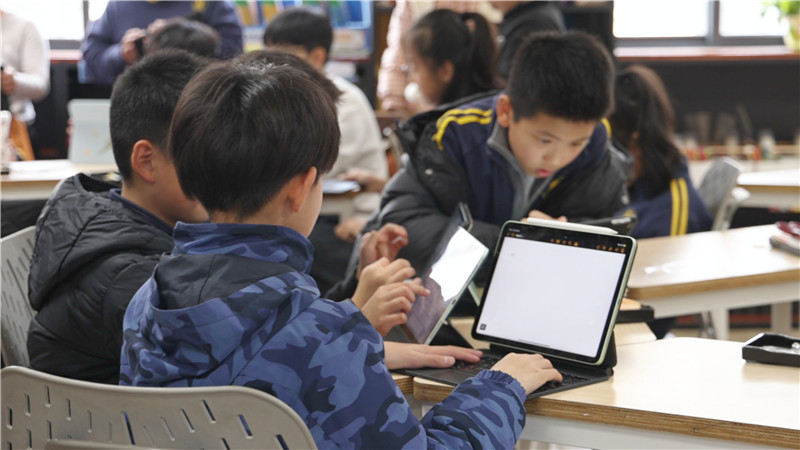
学习了社会基本组织之后,四年级学子继续探索自然界的秩序。这就引出了动植物分类问题:生物有哪些特征?我们如何运用这些特征给生物分类?为此,学子需要近距离观察生物,由此,他们学会了研究动植物、识别重要结构、考虑不同组织的功能,并说明这一切如何帮助我们进行分类,也令生物得以在自然界成功存活。为了练习这种观察技能,四年级生学习绘制了生物部位示意图,仔细观察植物和动物的结构。
After learning about how we structure our societies, the students went on to learn about how we organize the natural world. This led us to the topic of plant and animal classifications, where we considered the traits of living things and how they can be used to create groups. Close observation of these living things was needed, and so students learned to study plants and animals, identify important structures, consider their functions, and show how these contribute to their classification and success in nature. To practice this observational skill, students learned to draw scientific diagrams with labels, looking closely at the structures of plants and animals.

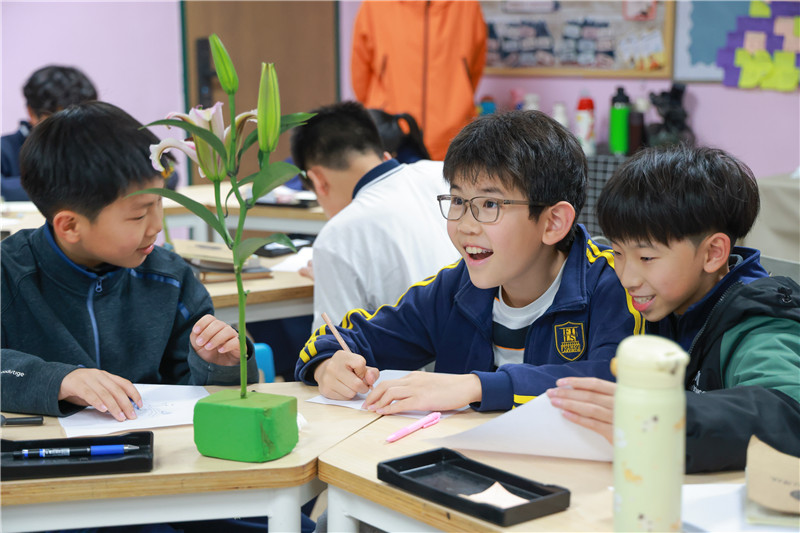
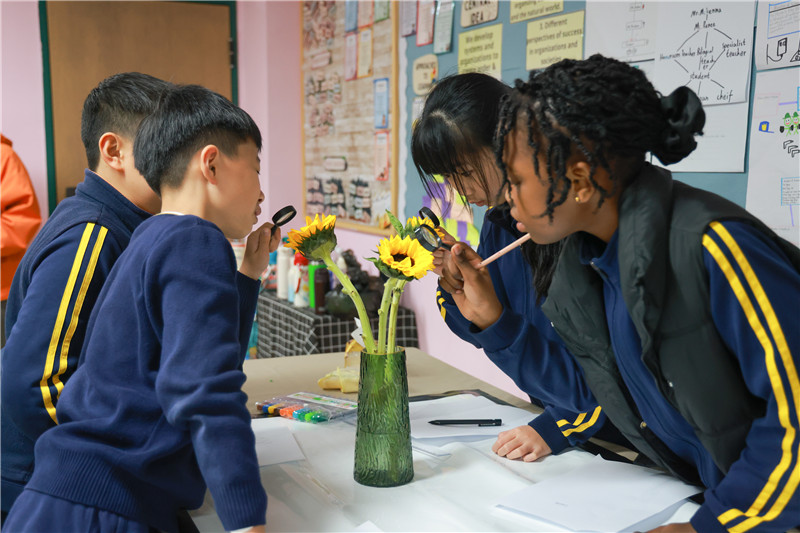
学子们的最后一个任务是创造动物物种。他们要发挥自己对结构和功能的理解,设计一种动物,并且,这种动物还要能归入现有的动物分类之中!这就意味着每个人在创作时必须证明自己所设计的生物结构是合理的,且有助于该动物在自然界的存续。用新学会的技能——绘制示意图——画下自己所创作的新物种后,四年级学子还用雕塑黏土制作模型,让自己的造物变得栩栩如生。他们十分享受这堂课,迫不及待与同学分享作品的各种细节特征。
Finally, students were tasked with inventing their own animal species. Using their understanding of structure and function, students had to design an animal that could be classified into existing animal taxonomies. This meant that students needed to justify their choices when including certain structures, and how they contribute to the success of the animal. Once the students had created their animals using their newly learned skills for drawing scientific diagrams, they were given the opportunity to bring their animal to life through creating a model of the animal using sculpting clay. The students enjoyed the task and were excited to share the specific features of their animals with their classmates.
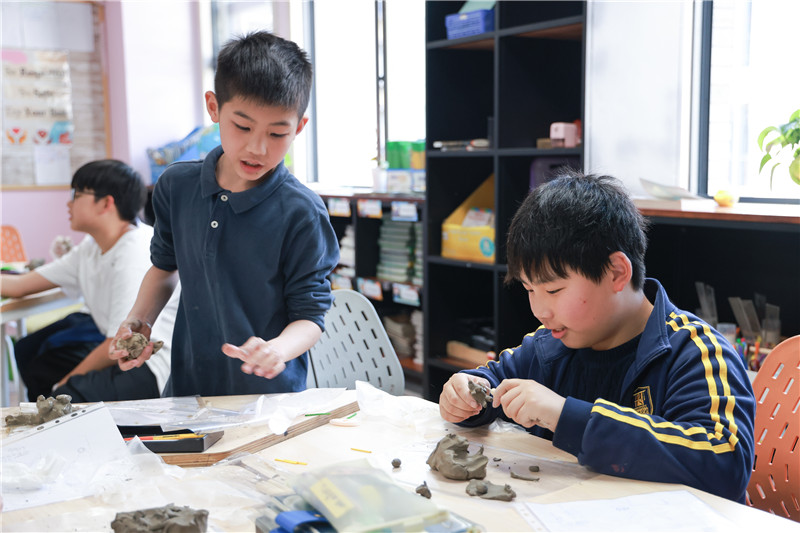

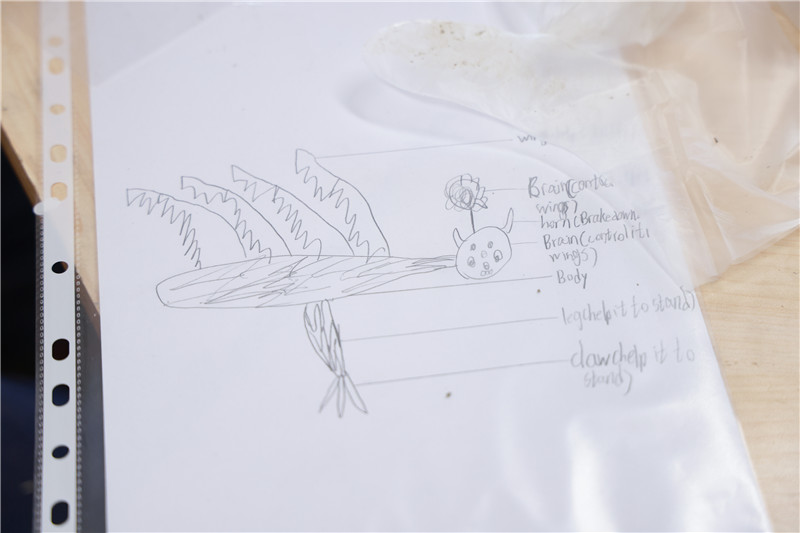
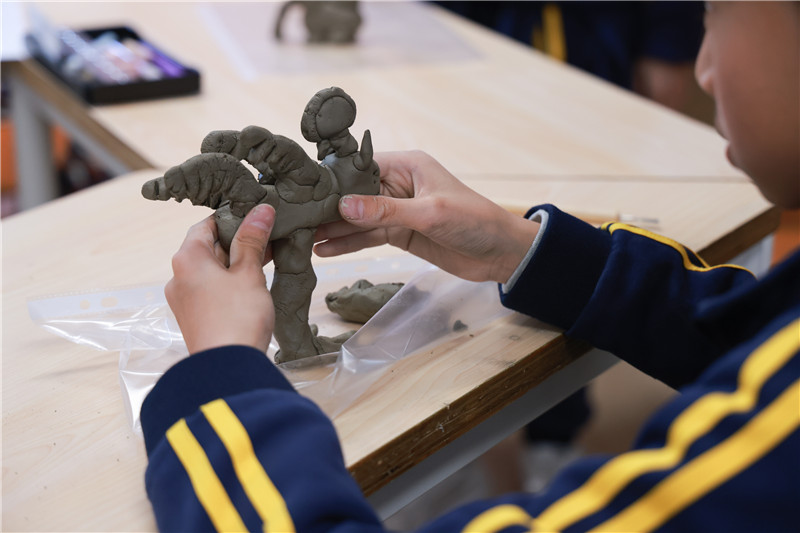
这一主题单元实实在在地激发了学子的好奇心与创造力,帮助他们以动手和参与的方式了解了人类与自然系统之间的联系。
This unit really sparked the students’ curiosity and creativity, helping them see the connections between human and natural systems in a hands-on, engaging way.
